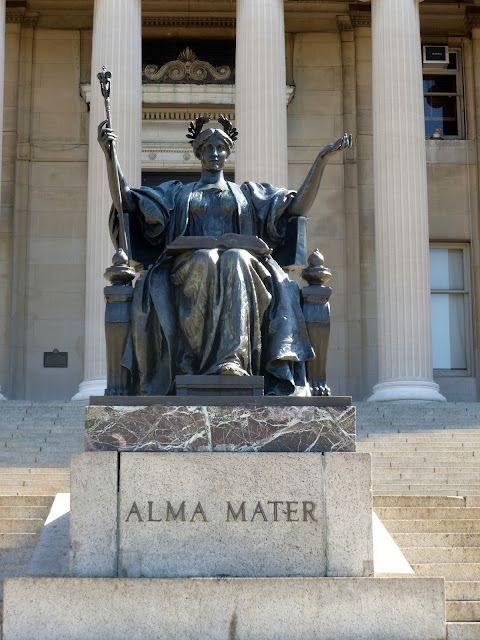Town Clock
Halifax, NS
Canada
N 44° 38.848 W 063° 34.648
The Town Clock is located on the east slope of the Citadel Hill opposite Brunswick Street in Halifax, Nova Scotia.
Long Description:
The Town Clock, a.k.a. Old Town Clock or Citadel Clock Tower, is an iconic landmarks of historic Halifax, Nova Scotia. The clock was commissioned by Prince Edward, Duke of Kent and commander-in-chief of all military forces in British North America, in order to prevent lateness and establish better coordination of military activities in the Halifax Citadel. The clock was completed and running on October 20, 1803.
The three story, irregular octagon tower is built on top of a white clapboard building on the east slope of Citadel Hill facing Brunswick Street. The 4-sided clock has Roman numerals and is driven by three weights, gears, and a 13-foot pendulum. The mechanism is original and is wound twice a week. The bell sounds on the quarter hour. The façade of the Town Clock building was restored to its original Georgian appearance in 1960. In 2005 the clock's faces were stored.
The stamp was issued by Canada in 1984 as part of the Canada Day series of twelve stamps featuring paintings by Jean Paul Lemieux, who is shown in the lower right corner of the stamp.




















































